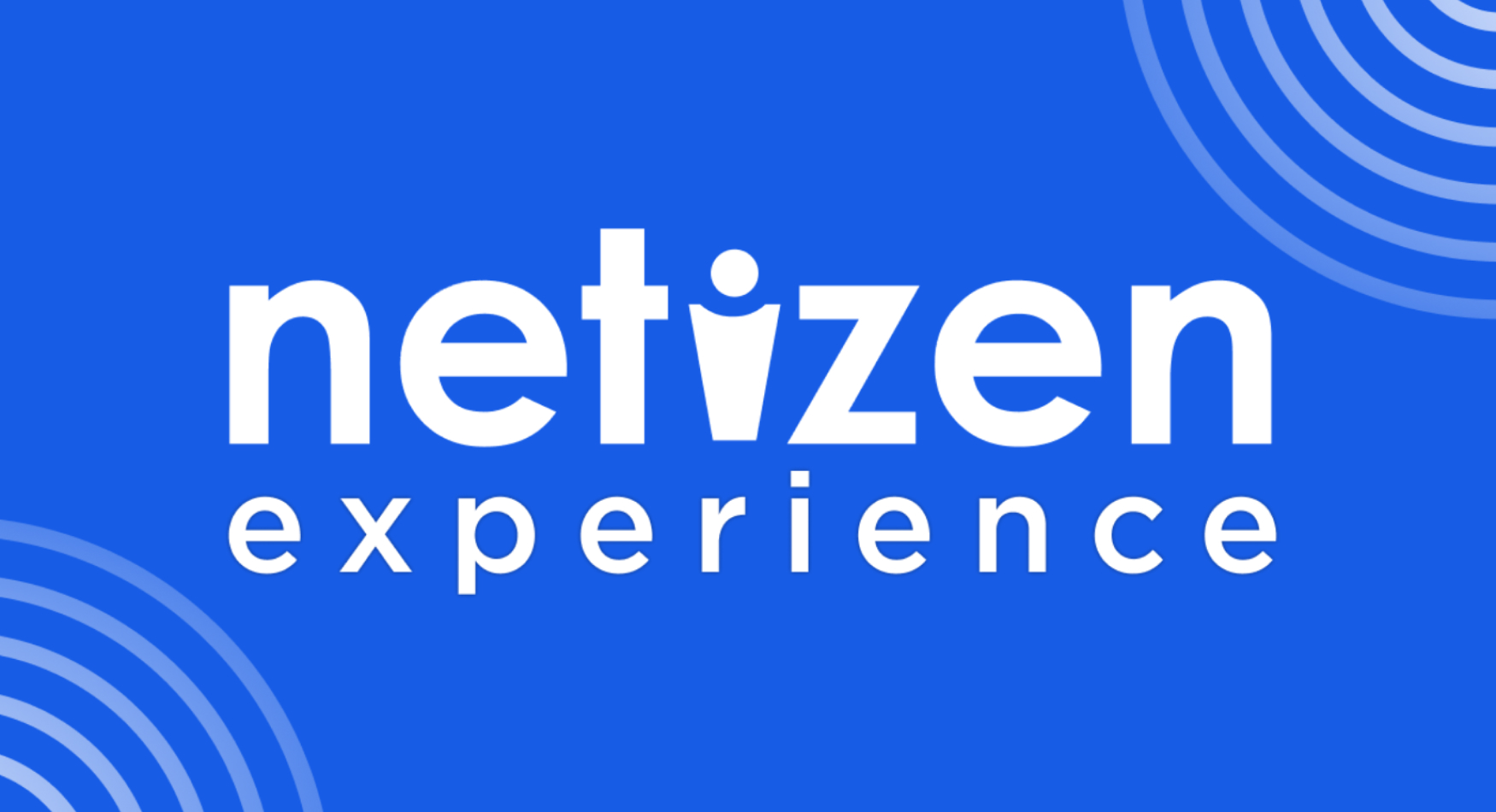Social media algorithms have become the invisible force shaping online experiences. From what content users see to how brands connect with their audiences, these algorithms dictate engagement, reach, and success. As platforms like Instagram, TikTok, and LinkedIn continue to evolve, marketers must adapt to stay visible. This article explores the evolution of social media algorithms, their current impact, and strategies to leverage them effectively.
The Shift from Chronological Feeds
In the early days of social media, platforms like Facebook and Twitter displayed posts in chronological order. Users saw content in real-time, but this method often buried high-quality posts beneath a flood of updates. As competition for attention increased, platforms shifted to algorithm-driven feeds to prioritize content based on relevance rather than timing.
This change marked the beginning of personalized experiences. Algorithms began analyzing user behavior, preferences, and interactions to curate feeds tailored to individual interests. While this improved user engagement, it also introduced challenges for marketers, who had to compete for algorithmic approval.
Key Factors Influencing Algorithms Today
Modern algorithms are more sophisticated, relying on machine learning and AI to analyze vast amounts of data. Factors influencing rankings include:
- Engagement Metrics: Likes, shares, comments, and saves signal value and push content higher in feeds.
- Content Relevance: Keywords, hashtags, and topics aligned with user interests play a major role.
- Recency: While relevance dominates, newer posts still have an edge, especially for trending topics.
- User Behavior: Past interactions and time spent on similar content shape recommendations.
- Media Formats: Platforms prioritize specific formats, like short-form videos, to match user preferences.
Platform-Specific Algorithm Trends
Instagram and Facebook
Meta’s platforms prioritize engagement, favoring content that encourages comments and shares. Stories and Reels receive extra visibility due to their interactive nature.
TikTok
TikTok’s algorithm thrives on virality, favoring content that hooks viewers within the first few seconds. Watch time and replays heavily influence rankings, making short, impactful videos a winning strategy.
LinkedIn
Professional connections and meaningful conversations drive LinkedIn’s algorithm. Posts with comments and thoughtful discussions outperform generic updates.
YouTube
YouTube prioritizes watch time and click-through rates. Its recommendation engine pushes videos with higher viewer retention and engagement.
Adapting Strategies for Algorithm Changes
Staying ahead of algorithm changes requires agility and creativity. Marketers can adopt these approaches:
- Focus on Quality, Not Quantity: Algorithms reward valuable, shareable content over frequent, low-impact posts.
- Embrace Video Content: Short-form videos dominate algorithms across platforms, offering higher visibility and engagement.
- Optimize for Search: Use relevant keywords, hashtags, and captions to make content discoverable.
- Build Community Engagement: Encourage comments and conversations to boost algorithmic ranking.
- Test and Analyze: Regularly track performance metrics to refine strategies and respond to algorithm updates.
The Future of Social Media Algorithms
As AI continues to evolve, algorithms will likely become even more predictive, offering hyper-personalized experiences. Expect platforms to integrate more AR/VR elements and interactive tools to enhance engagement. Decentralized social networks may also emerge, shifting power from platforms to users and forcing marketers to rethink traditional strategies.
Final Thoughts
Social media algorithms have reshaped digital marketing, emphasizing relevance, engagement, and personalization. For marketers, understanding these algorithms isn’t just an advantage—it’s essential. By staying informed and adaptable, brands can turn algorithmic changes into opportunities, keeping their content at the forefront of their audience’s feeds.









